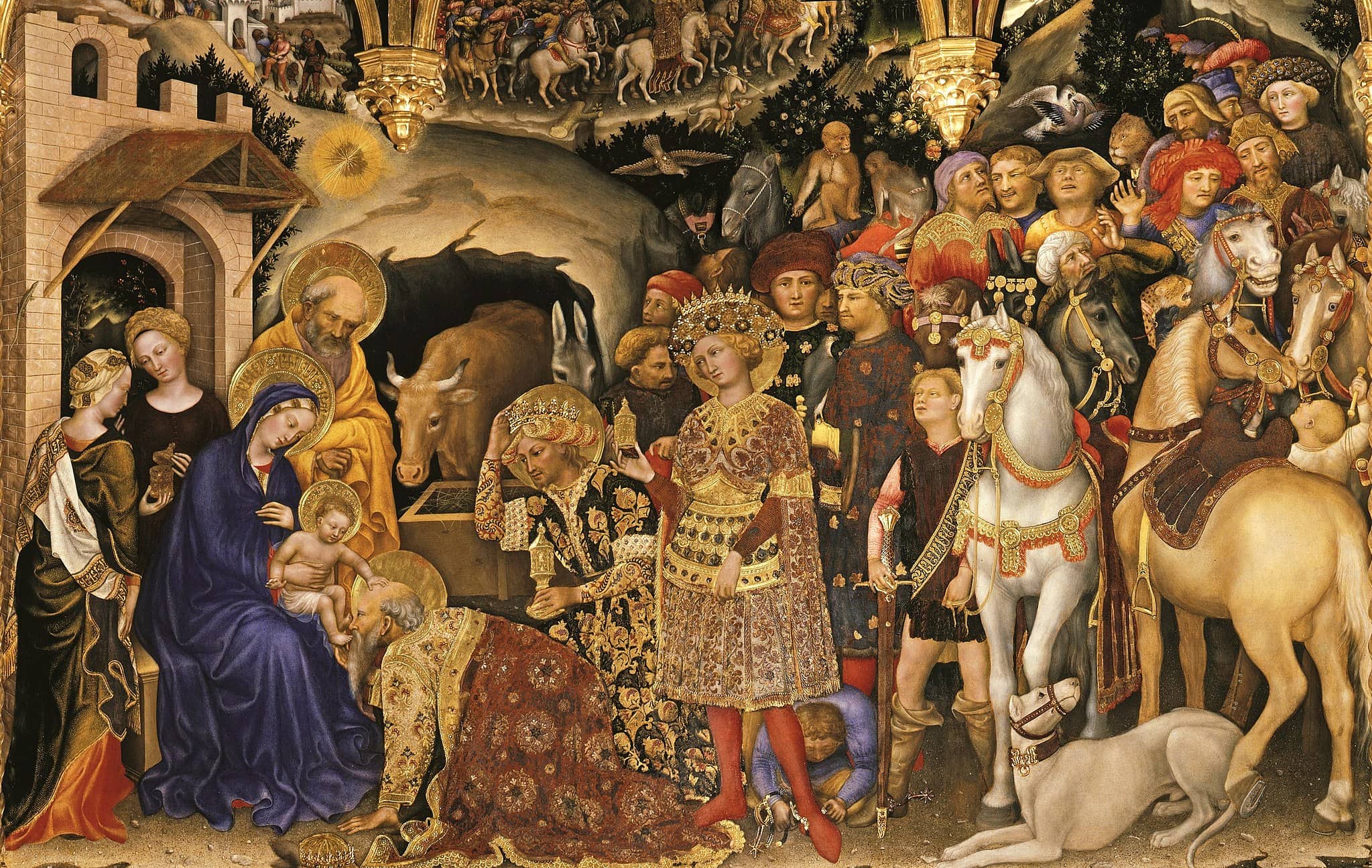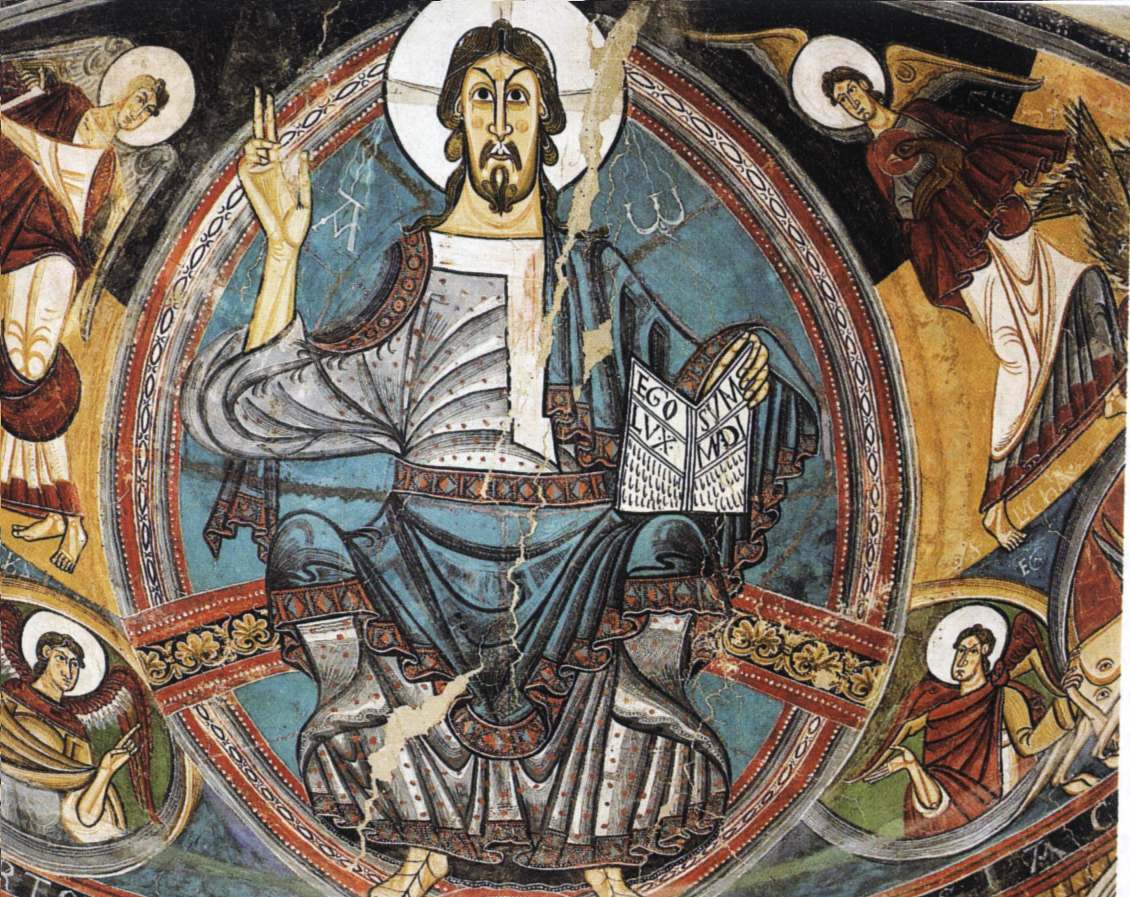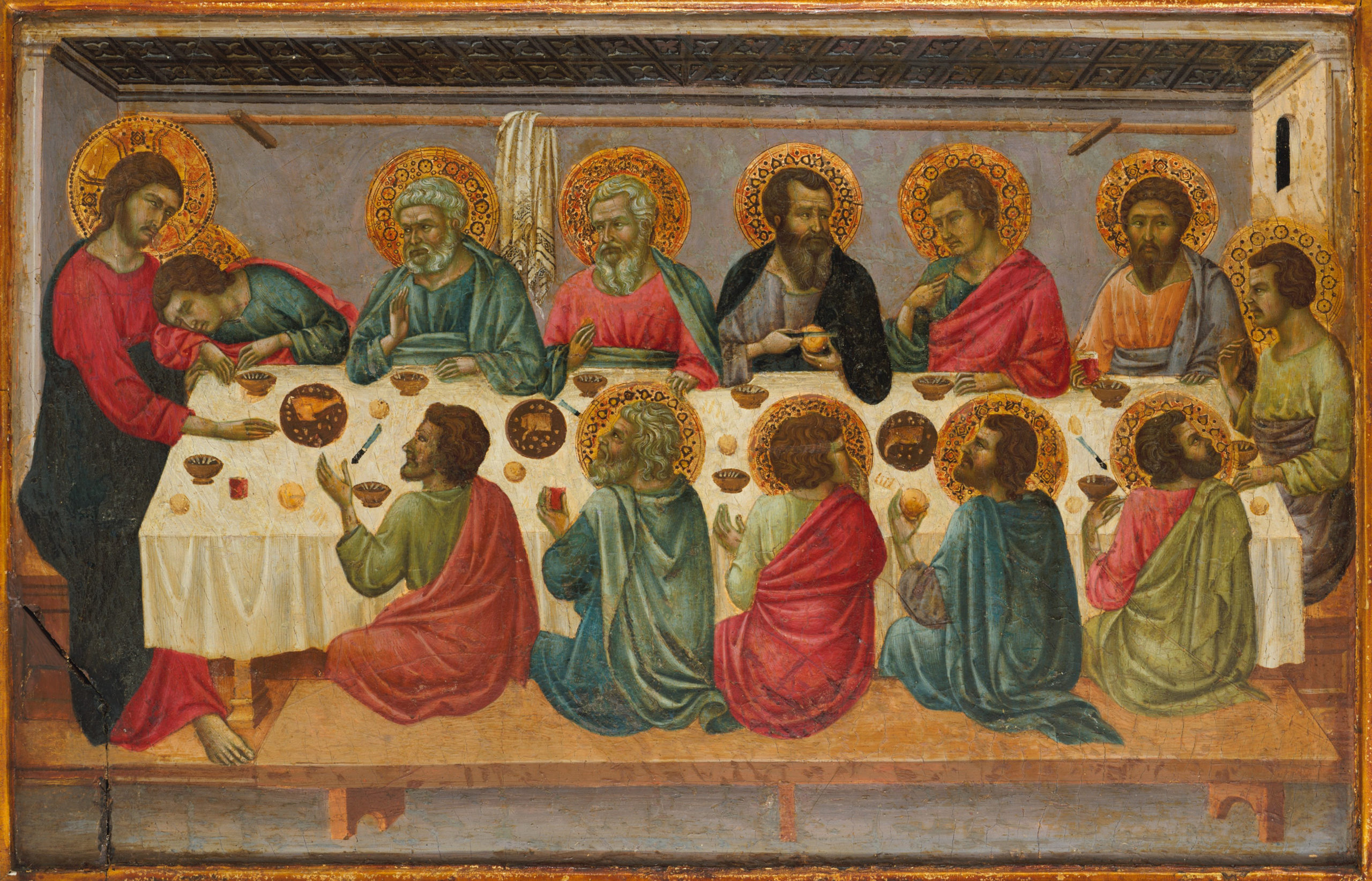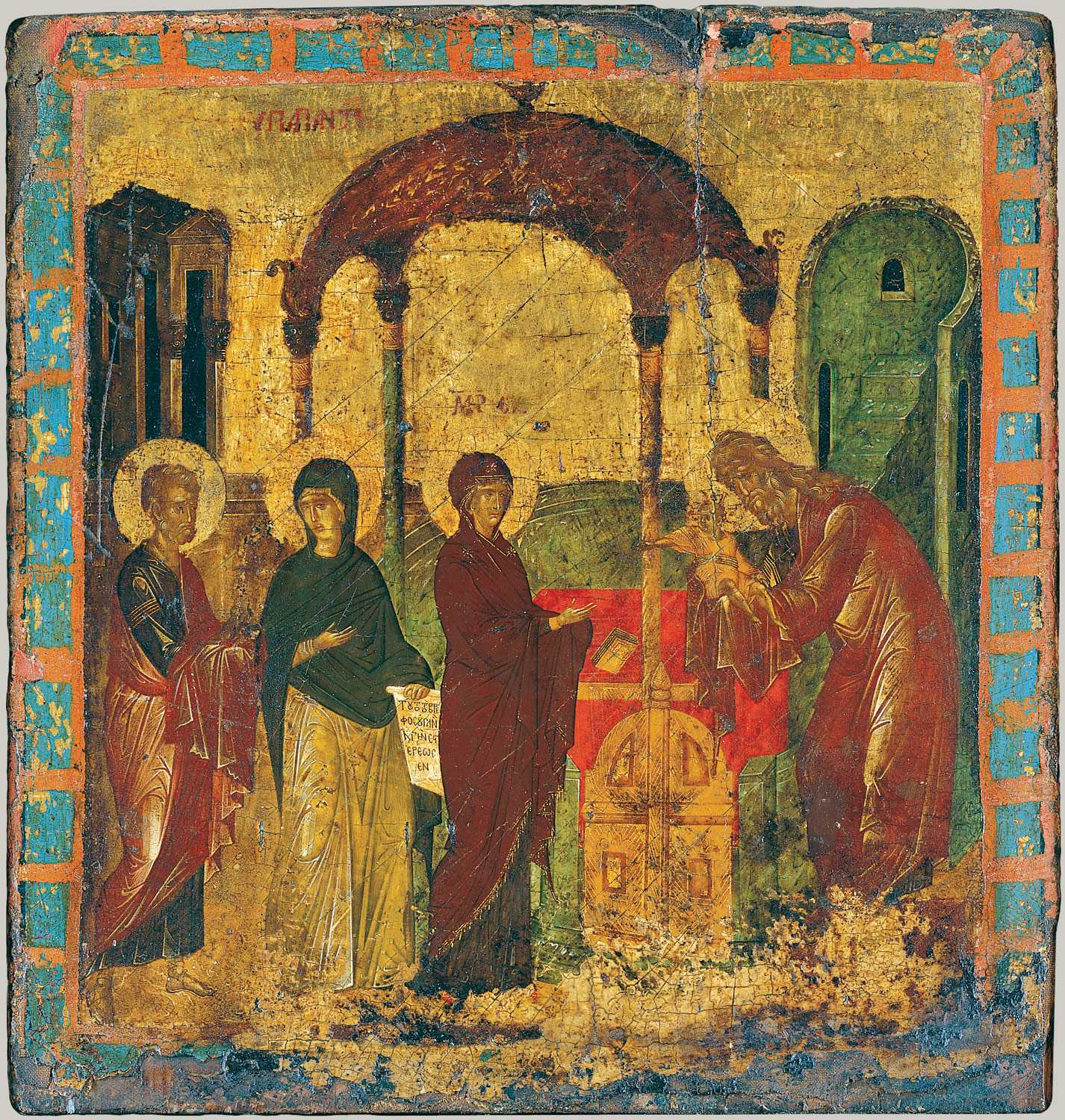
Charles Little, “The Gothic Renaissance A Pivotal Moment in the Art in the Middle Ages
At Smarthistory, the Center for Public Art History, we believe art has the power to transform lives and to build understanding across cultures.. Christianity flourished in the early middle ages and this shift dramatically affected the art that was created across Europe. c. 500-800 C.E. videos + essays. We're adding new content all the time.

Nature in medieval art in Bratislava Giclee print, Medieval art, Middle ages art
Here are the 7 most famous medieval paintings: 1. The Crucifixion. The Crucifixion, by Library for Wales is licensed under CC0 1.0. The Crucifixion is a well-known painting by Italian artist Giotto di Bondone in the early 14th century. The painting shows Jesus Christ's crucifixion, a pivotal event in Christian theology.

A Medieval Painting Medieval paintings, Medieval art, Painting
With religion still a prevalent theme, vibrant paintings featuring famous icons were also a recurring art form during the Middle Ages. Two panels from the Wilton Diptych, a painting created on Baltic oak. But it wasn't until the emergence of Gothic art that we see artists start to back away from the typical religious themes.

Maria's Dinner Table Debunking the Myth of the Medieval Ages Medieval ages, Medieval art
Gothic art emerged during the late middle ages. This period experienced most of the great advances in art technique in the medieval period *Artists broke away from Byzantine and Romanesque art styles. Gothic art lasted for nearly two hundred years, covering the 12th century to the 14th century. By the near end of the 14th century, Gothic art.

medieval art illustration middle ages Carroll Rodamis
10 Most Famous Medieval Paintings by artst The medieval period was one that featured the rise of small kingdoms across much of Europe, especially in areas that were once ruled by the Roman Empire. The fall of Rome's might marked the beginning of the medieval era, which lasted until roughly 1500 A.D.

leo fortin Medieval Art
Gothic art, the painting, sculpture, and architecture characteristic of the second of two great international eras that flourished in western and central Europe during the Middle Ages.Gothic art evolved from Romanesque art and lasted from the mid-12th century to as late as the end of the 16th century in some areas. The term Gothic was coined by classicizing Italian writers of the Renaissance.

Horses in the Middle Ages 15th century paintings, Medieval horse, Horses
Medieval Art was made up of various artistic mediums, such as sculpture, illuminated manuscripts, stained glass, tapestries, mosaics, and metalworks. Numerous artworks were made using these different styles, which went on to have a higher survival rate than other mediums like fresco wall paintings.

medieval art illustration paintings Eunice Negro
Middle Ages, the period in European history from the collapse of Roman civilization in the 5th century ce to the period of the Renaissance (variously interpreted as beginning in the 13th, 14th, or 15th century, depending on the region of Europe and other factors). A brief treatment of the Middle Ages follows.
Medieval Paintings From The Different Periods Of Middle Ages Stillunfold
The Medieval Europe gallery showcases many of the world's greatest medieval treasures. British, European and Byzantine objects tell the story of a period of great change when territorial wars and political turmoil shaped the continent we know today. From the power and dominance of the Church in everyday life, to the social change spread through.

Art of the Middle Ages and Modern Abstraction
The medieval world was full of color, craftsmanship, and creativity. From the seemingly impossible gold filigree beads to intricate hand-painted miniature illustrations to delicate porcelain, every cultural group around the globe during the Middle Ages produced something of beauty and skill.

Market scene by Jan Van Horst. Renaissance art, Medieval art, Medieval market
These three periods are the Byzantine, Romanesque, and Gothic eras of art. Most of the art that was created during the Medieval period was of religious influence and often would make use of Catholic subject matters and themes. Feudalism predominated in society during the Medieval era, also known as the Middle Ages.

Back to the past! ART IN THE MIDDLE AGES 1 ROMANESQUE
Medieval art—which includes a wide variety of art and architecture—refers to a period also known as the Middle Ages, which roughly spanned from the fall of the Roman Empire in 476 A.D. to the early stages of the Renaissance in the 14th century.

Nostalgia for the “Middle Ages” YDS The Clare Spark Blog
Middle Ages paintings were rich with religious symbolism and imagery. Medieval artists and their paintings predominantly portrayed holy figures and biblical narratives. These narratives had a hierarchy, which was predominantly dictated by the spaces the paintings would occupy.

» The life of Christ in medieval and Renaissance art
Medieval Europe. The period known as the Middle Ages extends from the fourth to the end of the fourteenth century, or from the disintegration of the Roman Empire to the beginning of the Renaissance in western Europe. Spanning the medieval world from the eastern Mediterranean to western Europe, the medieval art collection features a wide range.

Medieval Paintings From The Different Periods Of Middle Ages Stillunfold
Broadly speaking, the Middle Ages is the period of time in Europe between the end of antiquity in the fifth century and the Renaissance, or rebirth of classical learning, in the fifteenth century and sixteenth centuries. North Transept Rose Window, c. 1235, Chartres Cathedral, France (photo: Dr. Steven Zucker, CC BY-NC-SA 2.0) Not so dark after all

Gothic Visual Art of the Middle Ages. 1140 1500. ClippedOnIssuu Madonna and child, Hans
Paintings from the Middle Ages, as the Middle Ages progressed, painting styles began to evolve. The medieval ages brought about the birth of the Gothic and Realism styles, both of which were necessary predecessors to the eventual Renaissance period. Numerous painters in the Middle Ages worked to bring about changes in the current painting style, creating pieces still shown today that were.